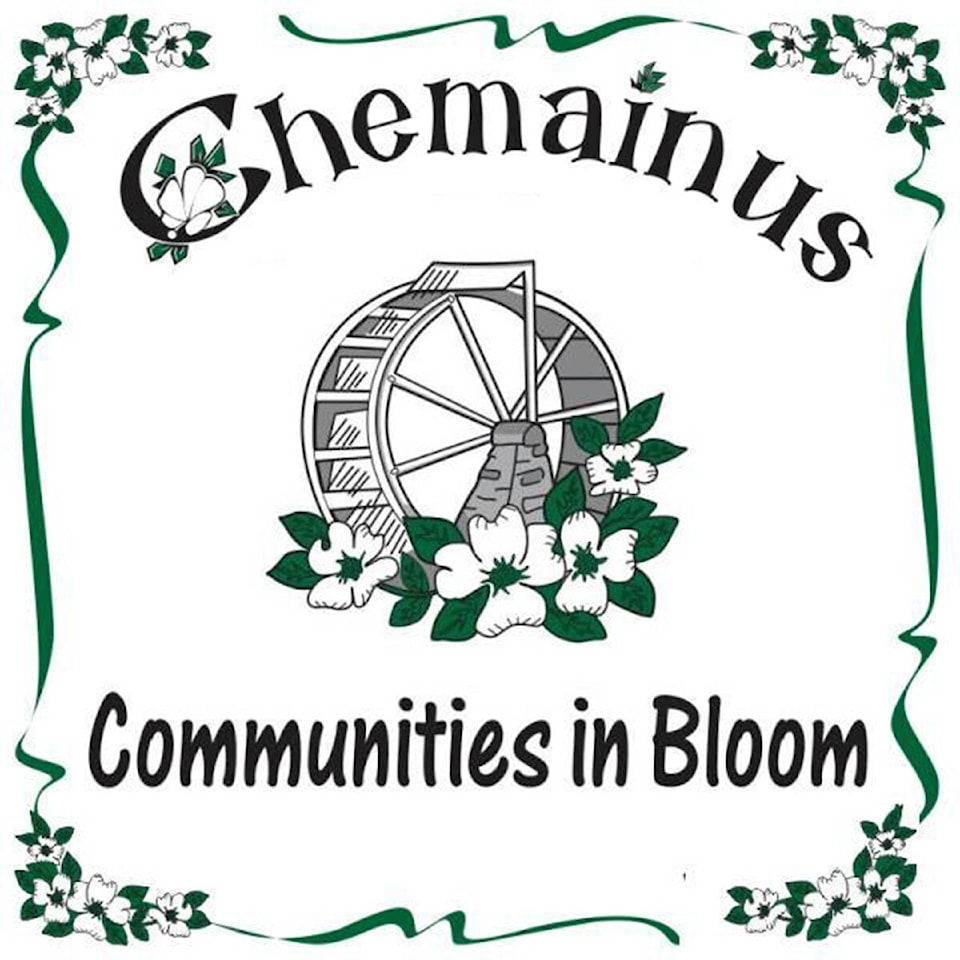Chemainus Communities In Bloom sends a big thank you to the 20 volunteers who came out June 3 in the pouring rain to plant the Henry Road traffic circle and four corners. Big thank you to the gentleman (sorry we did not get his name) who provided doughnuts – still warm – to a very cold and wet group.
Hopefully people are driving carefully through the traffic circle area as Communities In Bloom had to replace plants driven over by drivers not once, twice, but three times. Heartbreaking. Bi-weekly weeding sessions start June 30 at 4 p.m. and will continue until fall. Come and join us.
It’s Canada Day tomorrow! Do you know all our provincial flowers? Here goes:
British Columbia – Pacific Dogwood tree
Alberta – Wild Rose
Saskatchewan – Western Red Lily
Manitoba – Prairie Crocus
Ontario – White Trillium
Quebec – Blue Flag Iris
Nova Scotia – Purple violet
New Brunswick – Mayflower
Prince Edward Island – Lady’s Slipper
Newfoundland and Labrador – Pitcher Plant
Nunavut – Purple Saxifrage
Northwest Territories – Mountain Avens
Canada’s National Tree – Maple
PICK OF THE MONTH – The Bunchberry
We have a national tree but do we have a national flower? Well, almost. In 2017, a nationwide contest was held by the master gardeners in Ontario. The bunchberry was the popular choice – also known as quatre-temps in French and kawiscowimin in Cree. But the government ruled our national tree was the only symbol needed. Ontario gardeners suggested we plant more bunchberry anyway as it is an awesome plant. Native to Eastern Asia and North America – a species of perennial flowering shrub in the dogwood family. Botanists have established that the petals move at 22 feet per second when the buds open explosively. This makes it the fastest moving plant in the world.
The plants grow in every part of the country and change with the seasons. White flowers bloom in June/July and pollinated flowers produce edible red berries, a good source for bears and rabbits. Berries are a bit dry and mealy for humans but make good dried raisin snacks as they are sweet. Leaves are red purple colour in the fall. Common in forest and wetlands (10 to 20 cm high). Likes sun to part shade in moist, well-drained soil. Deer and rabbit resistant. Excellent ground cover for a woodland garden.
WE DIG - Do It Now Tips
* Water hanging baskets and containers daily
* Deadhead annuals and perennials regularly to encourage flowering
* Divide and replant bearded irises every three to four years
* Deadhead and feed roses
* Cut faded delphiniums to ground level to stimulate a second bloom
* Prune weigela, mock orange and other flowering shrubs as soon as the blooms have faded
* Feed foliage – add a few drops of fish fertilizer to all leaf sprays
* Fuschias need plenty of water and protection from hot sun and cold nights
* Stop cutting rhubarb so the plant can store energy – keep it well watered
AND … A child asks for a pet dog. The father replies why don’t you get a pet tree. Why would we get a pet tree? It’s just like a pet dog but the bark is quieter.
Check out our blog: www.wedigchemainus.ca. Visit our Facebook page.

